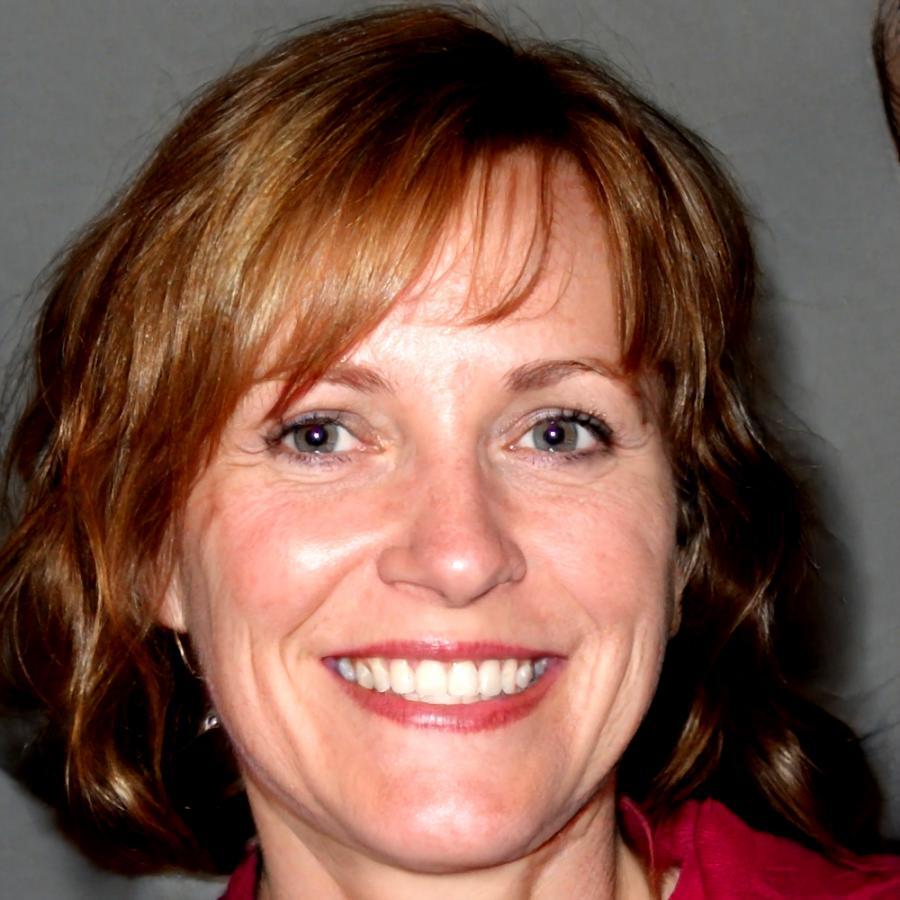Building Models That Actually Work
Financial modelling isn't about fancy spreadsheets. It's about understanding what makes a business tick and translating that into numbers that help you make better decisions.
We've spent years working with businesses across the UK—from startups figuring out their first funding round to established companies planning major expansions. And here's what we've learned: the best models are built on solid methodology, not complicated formulas.

How We Approach Model Building
Every financial model we teach follows these core principles. They're not revolutionary—just practical approaches that work in real business situations.
Start With The Business
Before touching a spreadsheet, we map out what the business actually does. Revenue streams, cost structures, operational constraints. Models that ignore business reality fail fast.
Build For Change
Markets shift. Assumptions need updating. We structure models so you can adjust key drivers without rebuilding everything from scratch when circumstances change.
Test Assumptions Hard
Sensitivity analysis isn't optional. We stress-test models against different scenarios because the future rarely matches your base case—and you need to know where your weak spots are.
Keep It Transparent
Anyone reviewing your model should understand the logic without hunting through hidden cells. Clear structure and documentation aren't nice-to-haves—they're essential.
Validate Everything
Cross-checks, balance sheet reconciliations, sanity tests. If your model says something ridiculous, you need to catch it before presenting to stakeholders.
Focus On Decisions
Models exist to support choices—invest or wait, hire or outsource, expand or consolidate. If your model doesn't help make better decisions, it's just decoration.
The Framework We Teach
Our approach breaks down into distinct phases. Each builds on the previous one, creating models that handle complexity without becoming unmanageable.
Business Analysis Phase
Understanding the company's operations, revenue drivers, and cost structure. We interview stakeholders, review historical data, and document key assumptions. This groundwork determines whether your model reflects reality or fiction.
Structure Design Phase
Creating the model architecture—how sheets connect, where inputs live, how calculations flow. Good structure makes models easier to update and harder to break. Poor structure creates maintenance nightmares.
Build & Validation Phase
Constructing the model with built-in error checks and validation logic. We test edge cases, verify formulas, and ensure outputs make sense. This phase takes longer but prevents embarrassing mistakes later.
Scenario Analysis Phase
Running different scenarios to understand range of outcomes. Best case, worst case, and several realistic middle grounds. This reveals which assumptions matter most and where the model is sensitive.
Learning Programme Structure
Our autumn 2025 programme runs over twelve weeks. Here's how we build your modelling skills progressively.
Foundations (Weeks 1-3)
Excel fundamentals and financial statement basics. We cover the technical skills you need before building anything complex.
- Formula logic and cell referencing best practices
- Income statement, balance sheet, and cash flow mechanics
- Common pitfalls and how to avoid them
Structure Building (Weeks 4-6)
Learning to design maintainable model architectures. We work through real examples, seeing what works and what creates problems.
- Input, calculation, and output sheet separation
- Dynamic formulas that adapt to changing data
- Documentation standards that actually help
Integration (Weeks 7-9)
Connecting the three financial statements properly. This is where models either hold together or fall apart—we make sure yours holds.
- Balance sheet reconciliation techniques
- Working capital and debt schedule integration
- Cash flow statement from first principles
Advanced Topics (Weeks 10-12)
Valuation methods, scenario planning, and presenting results. You'll build a complete model from scratch using everything learned.
- DCF valuation and sensitivity tables
- Scenario switches and assumption drivers
- Creating executive dashboards that communicate clearly
Ready To Build Better Models?
Our next intake starts September 2025. Spaces are limited to maintain quality instruction and individual feedback.
